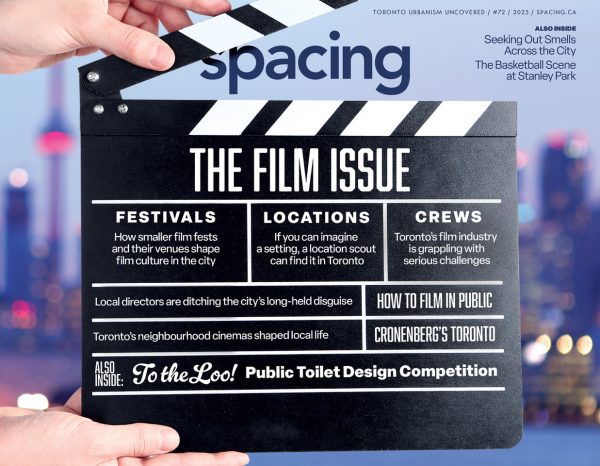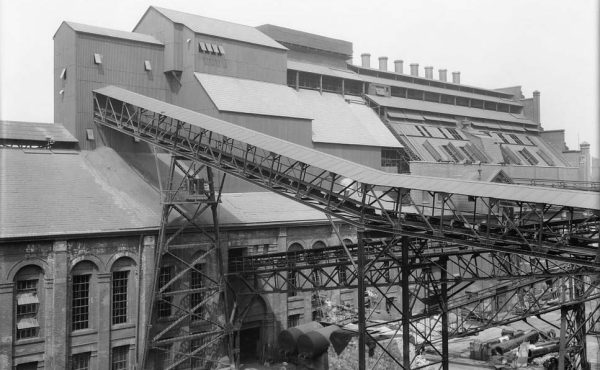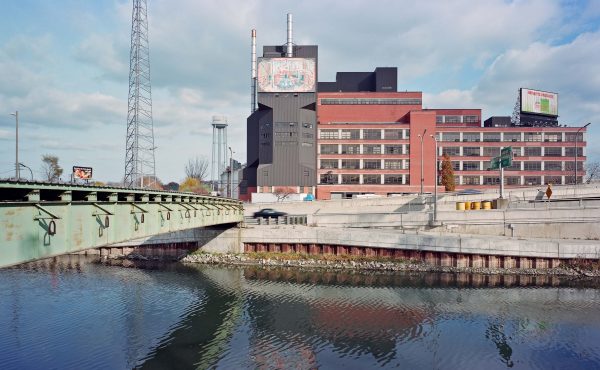Autumn is serious film season, when the studios put out the movies they’re hoping will get an Oscar nomination. The season is especially defined in Toronto because the Toronto International Film Festival (TIFF) happens right at the beginning of September, kicking off the return to more weighty pursuits in school, work, and the arts after the fun, frivolity, and blockbusters of summer.
TIFF is one of the great film festivals of the world, and its success is due in part to the enthusiasm of Torontonians themselves for the silver screen. But as Lindsay Gibb says in her cover section introduction, if Toronto loves movies, movies have not always loved Toronto. While Toronto has had a thriving film industry for several decades, the city has often costumed itself as somewhere else, while movies that featured Toronto as itself were rare for a long time. That has started to change, with a few studio movies set in Toronto in recent years along with a number of independent movies that explore the whole geography of the city.
I myself make an effort to see movies set in Toronto, which is not always easy – they are generally in theatres for the briefest of moments. This year, I was able to see in an actual theatre one of the movies we feature in our interviews with directors, Darkest Miriam, set in and around an imaginary Allen Gardens branch of the Toronto Public Library, and also the delightful Young Werther, a loose adaptation of a classic German novel that features a Montrealer exploring Toronto (in which Toronto is, ironically, partially played by its neighbour Hamilton). For those who don’t catch these brief theatrical releases, the rise of Canadian streaming services like CBC Gem and Crave has made some of these movies a bit more accessible than they used to be.
Movies are significant because they are one of the ways of mythologizing a city – of creating an image that both reinforces the feeling of identity of its residents and gives the city a presence in the wider imagination. In a sense this issue complements our “Writers” issue (#64), since films are the rival of fiction when it comes to myth-making. It’s perhaps not a coincidence that many Toronto movies are in fact adaptations of novels or short stories (examples noted in this issue include Darkest Miriam, Natasha, Scarborough), in a sense doubling down on the mythologizing. But, as we found with writing, the image of Toronto from the movies is a kaleidoscope rather than a stereotype, a complex jumble rather than an easy reference point.
Spacing has experienced the power of that mythologizing, because we are flattered by even the slightest references to us in movies. In the independent movie sphere, the movie Portrait of a Serial Monogamist by Christina Zeidler (whose family is our landlord) features a protagonist who writes for Spacing. And in the bigger-budget movie sphere, in The F Word the actor Daniel Radcliffe wears Spacing subway buttons!
Movies don’t just shape our imagination – they also shape our physical city. Movie theatres created distinctive, special spaces all across the city that literally stood out, through their marquees and their unusually large spaces and stages that made them well suited to other uses as well, from politics to music. And movie production creates both permanent studio spaces and ephemeral public and private location shoots that put the city in a costume of other places or specific eras.
As well as movie season, autumn is a notable sports season, with baseball and Canadian football wrapping up and hockey and basketball getting going. In our front section, we ended up unexpectedly having a mini sports feature come together. It ranges from pick-up sports in parks, to a unique minor-league venue accessible to all fans, to major league teams that never were. Meanwhile, John Lorinc’s column had a personal resonance for me, as his reference to Earlscourt, where I have family history, got me reading Richard Harris’s fascinating 1996 book Unplanned Suburbs and writing it up online.
Also on a personal note, this issue heralds the return to Spacing of one of the magazine’s original co-founders, Lindsay Gibb. Lindsay has gone on to a career in librarianship with a significant side in film, including authoring the book National Treasure: Nicolas Cage. She rejoined our editorial board a few issues ago, and we benefitted greatly from her cinema expertise in putting this issue together. It’s been great to have her back on board.
This issue is available now at the Spacing Store at 401 Richmond St. W., and soon at fine book and magazine stores, as well as arriving soon in subscribers’ mailboxes.





